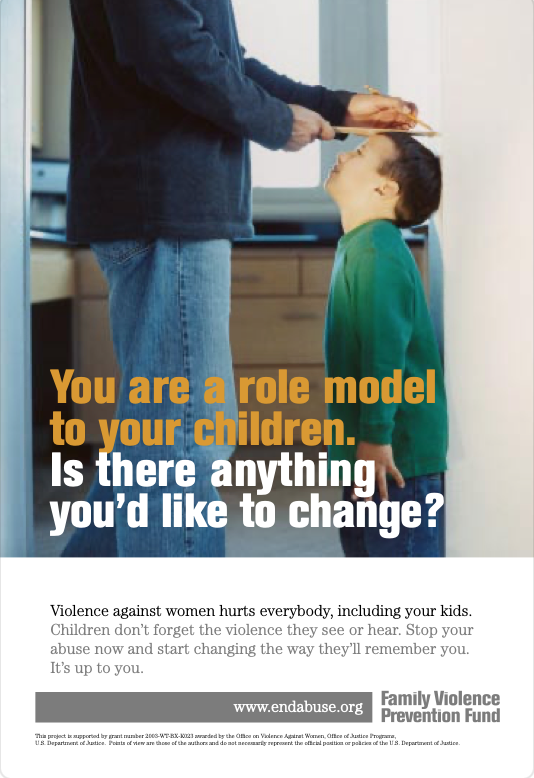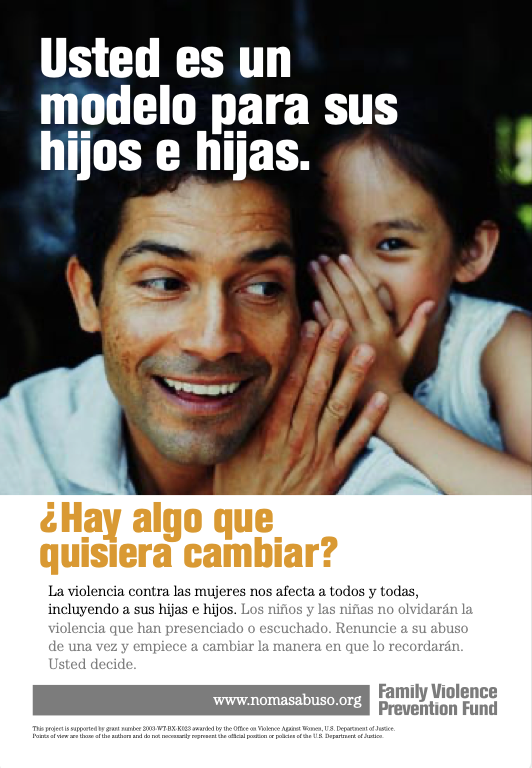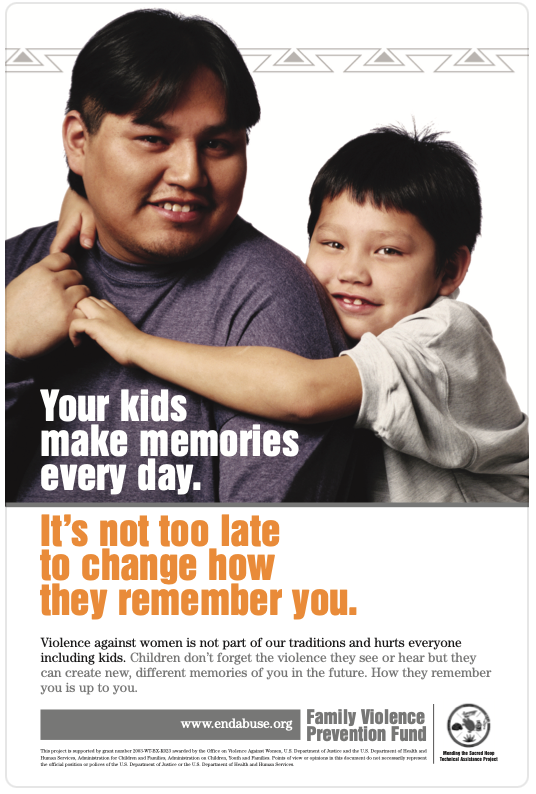Title: Tribal Laws: Protecting the Sacredness of Our Children
Date Taped: March 23, 2013
Description: This webinar will assist OJJDP grantees in answering the following questions; how can Tribal codes and laws be formulated to protect children? what is the process for passing such codes and laws to address prevention, intervention and healing of children who have been exposed to violence or have experienced violence or have expereinced violence and trauma? Please join us as OJJDP & Futures Without Violence and the Defending Childhood Initiative explore and discuss a topic that is vital to the well-being of our children, families and communities.
This webinar is presented by EDC Native Streams Institute and the Defending Childhood Initiative, in partnership with the Office on Juvenile Justice & Delinquency Prevention and Futures Without Violence.
Learning Objectives:
- Importance of incorporating culture and customary lawy (including explorations of when and how a tribe’s cultural and/or traditional system defines child, family, extended family, duties and obligations; and how it focuses on all aspects of healing including the bulding and repair of relationships, mentoring, habilation and rehabilitation);
- Importance of developing tribal laws (including drafting scratch versus drafting from a template; and use of an inclusive comunity development process that is synchronized with the tribal laws on how to draft, present, review, and adopt tribal laws);
- Building collaborations, momentum, and addressing challenges (use of a team or teams of representative stakeholders to participate in all stages from drafting/review/input to public relations and events to voting/adoption).
Speakers:
- Anita Fineday, White Earth Tribal Nation, Managing Director, Indian Child Welfare Programs, Casey Family Program
- Pat Sekaquaptewa, Board Member, Tribal Law and Policy Institute










 For advocates to be effective, they need to what to do with information, when to share it, how to share it, and with whom to share it. This paper uses the phrase “information sharing” to describe the range of information-related issues advocates face when working with CPS and Juvenile Court. Protecting battered women’s and children’s privacy, supporting a woman’s right to control information about her family, asserting confidentiality and other legal protections, and meeting mandated reporting requirements are all part of the broad category of “information sharing” issues.
For advocates to be effective, they need to what to do with information, when to share it, how to share it, and with whom to share it. This paper uses the phrase “information sharing” to describe the range of information-related issues advocates face when working with CPS and Juvenile Court. Protecting battered women’s and children’s privacy, supporting a woman’s right to control information about her family, asserting confidentiality and other legal protections, and meeting mandated reporting requirements are all part of the broad category of “information sharing” issues.
























